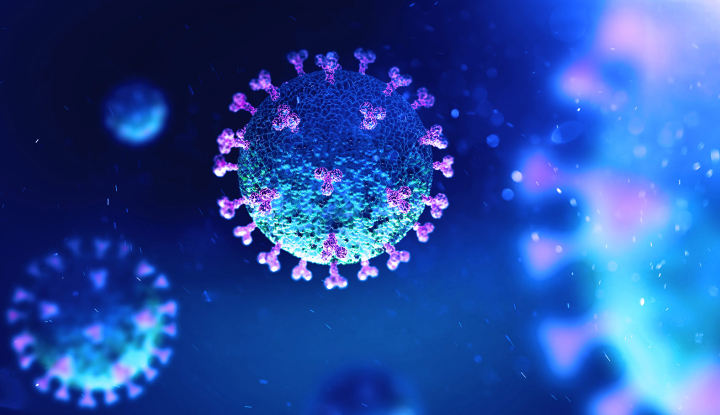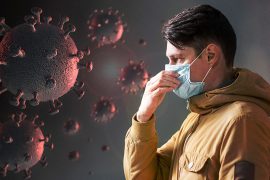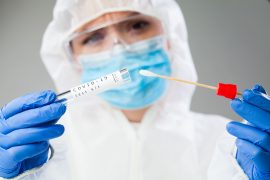What are vaccines?
Vaccines are essentially the agents that activate the immune system without causing the disease. They can be manufactured from weakened or inactivated viruses, viral proteins, genetic material (mRNA) that encodes a viral protein. Taking a vaccine resembles getting survived from the disease, minus the drawbacks.
What are the concerns with the current vaccines for COVID-19?
- There is very little knowledge regarding the long-term immune response to COVID-19.
- A vaccine, when available, will only initiate the beginning of a prolonged and sluggish ramp down and the duration of this ramp down will rest on the vaccine’s efficacy.
- Vaccines are always tested on healthy individuals. Their effectiveness in the real-world scenario is still unknown and vaccines may provide hope, but just relying on the vaccine is not advisable, as per the expert opinion.
- Vaccine-induced immunity, though, tends to be weaker than immunity that arises after an infection. Vaccines are typically given as a shot straight into a muscle. Once your body recognizes the outside invader, it mounts an immune response by producing long-lasting antibodies that circulate in the blood.
- However, respiratory viruses don’t usually attack the muscles. Instead, they invade respiratory cells and usually enter through the smooth linings of the nose and throat. Vaccinations do not encourage ample antibody production in these linings despite induction of antibodies in the blood, implicating that they are not completely reliable in preventing the virus from entering the body. However, they can indeed protect deeper tissues in the body from viral invasion. This trait of the vaccine agent prevents the worsening of the infection. Experts believe that a COVID-19 vaccine is not likely to attain “sterilizing immunity,” which, in simpler terms, means complete disease protection.
- Hence, currently, it is perceived that the first vaccine might just restrict COVID-19’s infection severity, minus a total viral spread.
- Also, contemporary regulatory guidelines have identified that the initial COVID-19 vaccine may be far from a 100 percent effectiveness mark; as the regulatory benchmark for a vaccine is that it should prevent or reduce severe disease in at least 50 percent of people who receive the vaccine, which is not ideal.
- Several vaccines from different corporations have shown favorable data that their investigative vaccine products can induce antibodies that kill the coronavirus in lab tests as well as in clinical trials, but their real-world scenario is unknown, as of now.
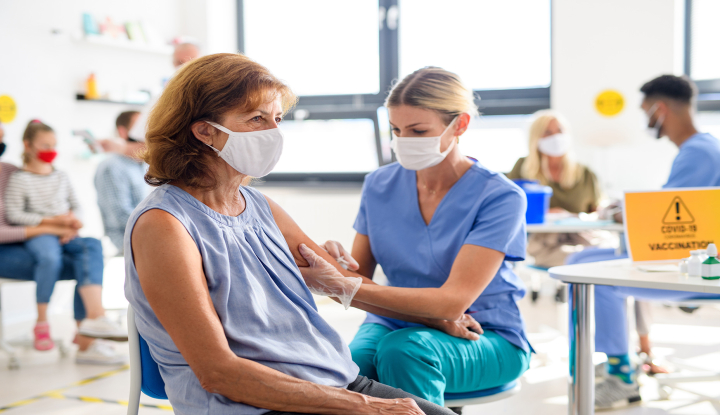


Challenges in Vaccination
- The success in delivering hundreds of millions of doses, and the willingness of people to get it at all. It is awful to contemplate the suffering still ahead. It is easier to think about the promise of a vaccine.
- Biologically, a vaccine against the COVID-19 virus is unlikely to offer complete protection.
- Logistically, manufacturers will have to make hundreds of millions of doses while relying, perhaps, on technology never before used in vaccines and competing for basic supplies such as glass vials. Then the federal government will have to allocate doses, perhaps through a patchwork of state and local health departments with no existing infrastructure for vaccinating adults at scale.
- All of this means that we may have to endure more months under the threat of the coronavirus than we have already survived. Without the measures that have beat back.
What is the best way to prevent COVID-19 infection, even after vaccines are available?
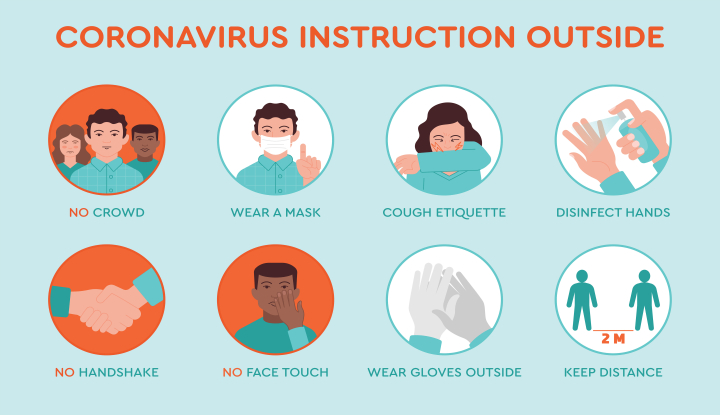


- Experts state that the outcome of COVID-19 is not going to change overnight, and the continuation of COVID-19 pandemic behavior remains important. Perceiving the vaccine as a magic bullet is troubled by danger. Social distancing accompanied by biological vaccination will have to continue in this long fight against this viral pandemic.
- When vaccines are approved, ample doses that can fulfill the needs of the entire population will not be available, and an effective system will be required to store and distribute these vaccines.
- Some of the foremost COVID-19 vaccines could also pose new transportation challenges, as they require storage at temperatures lower than –80°C.
- Again, it is quite probable that a COVID-19 vaccine will require two doses; the first dose to activate the immune system, while the second dose to induce a stronger immune response. Administrators would have to balance supplying two doses to the entire population, ensuring each individual receives both the doses.
- It seems it will create a situation where some individuals will be eager to get the vaccine, while some will be scared to get the vaccine.
- Currently, there is no evidence of any major virus mutation. But sadly, in addition to reports of a mutated strain of COVID-19 virus from Britain entering India, our COVID-19 preventive behavior has also fatigued and people have become careless and are not following social barriers, as religiously as they need to do. Everyone has to pitch in and become a COVID-19 warrior once again, as they did during the early days of the pandemic.

